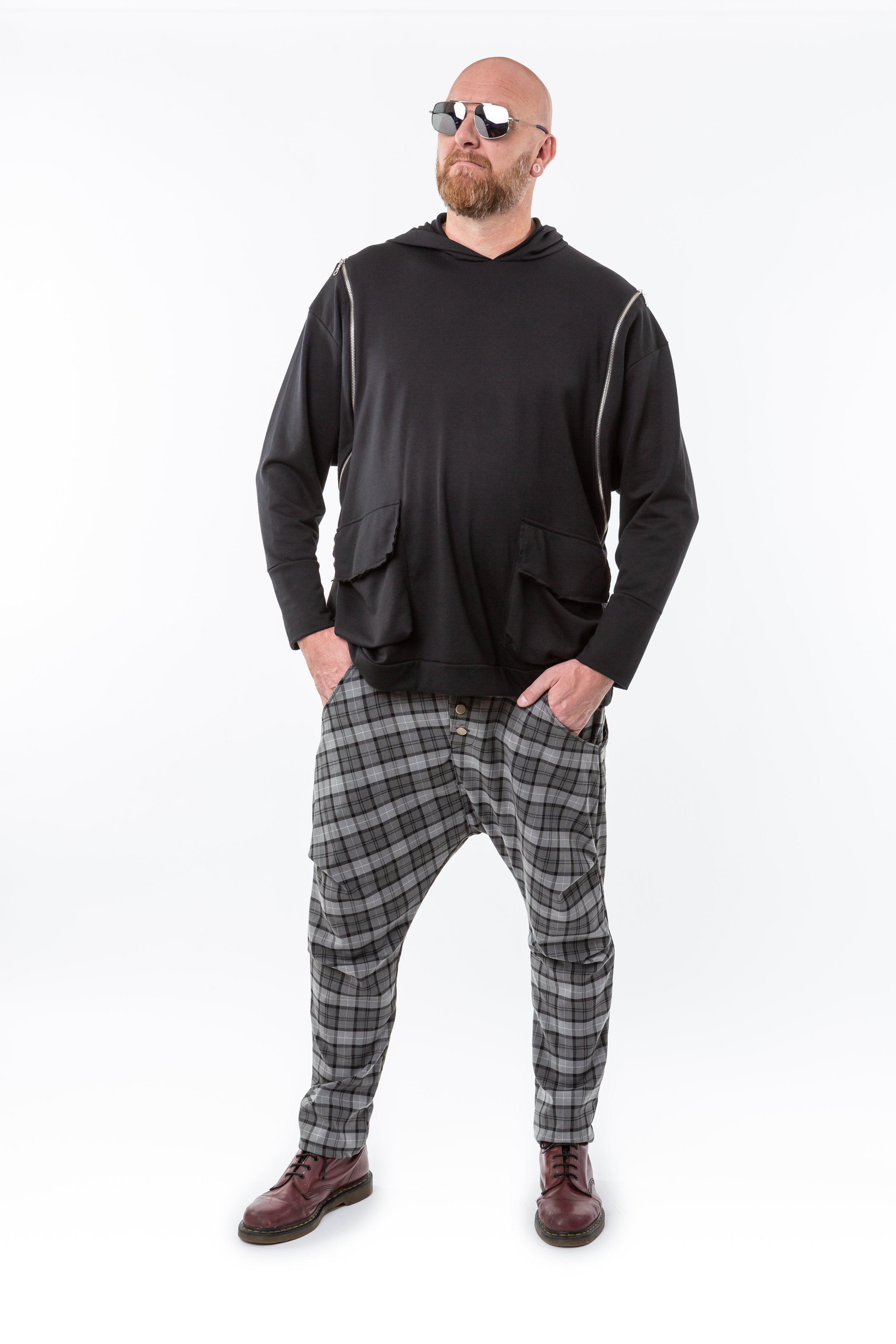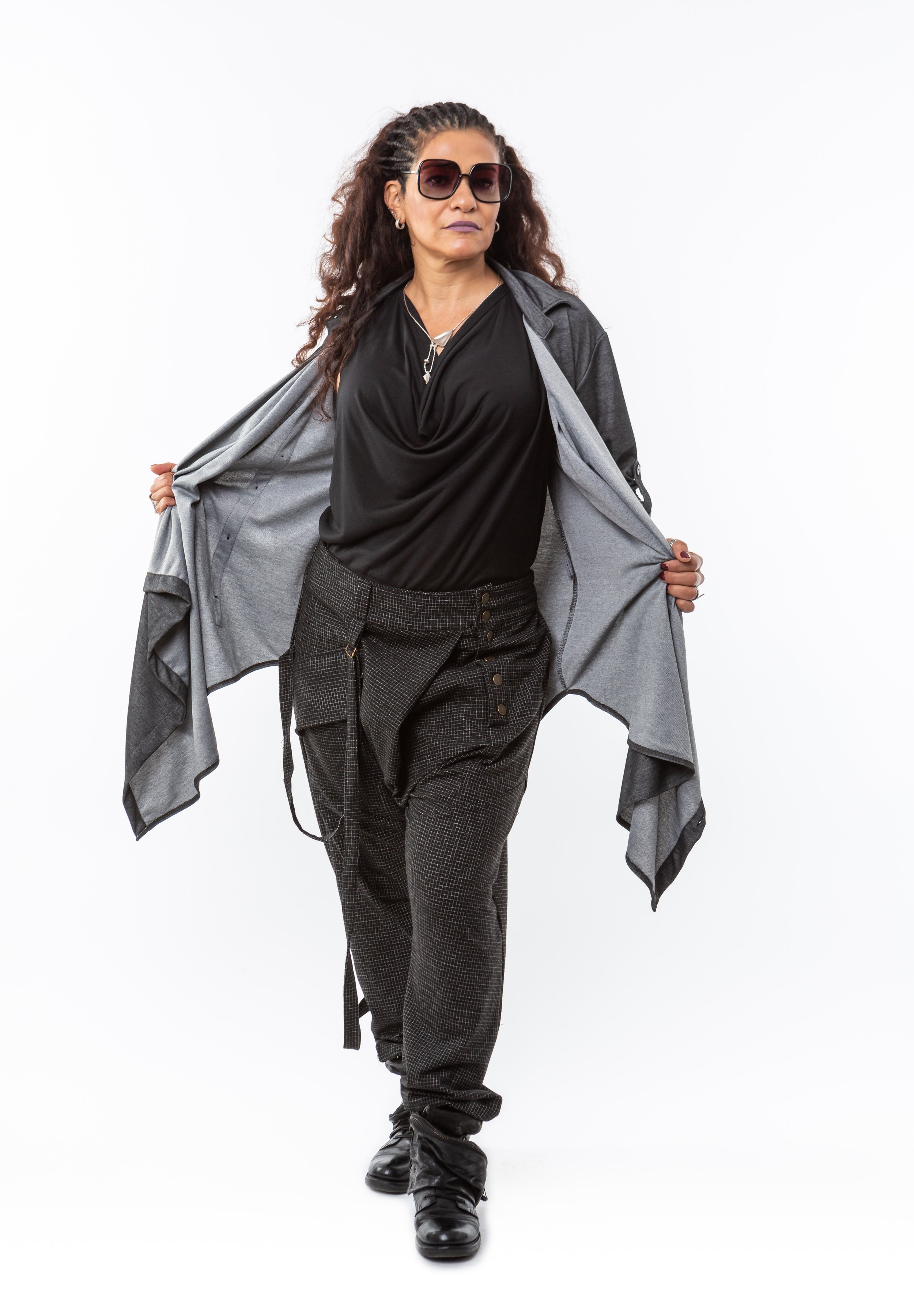#nationalworklifeweek
In the fast-paced world of fashion, staying ahead of the latest trends is essential for success. As a fashion designer, my life is a constant blend of creativity, research, and the ever-changing demands of the market. With an unwavering passion for style, I immerse myself in the world of fabrics, exploring new materials and textures that bring my designs to life.
The importance of research in the fashion industry
Research is the foundation of any successful fashion designer's career. It's what sets us apart and allows us to create innovative and captivating designs that resonate with our customers and fans year after year. Having a keen interest in different cultures fashion history to analysing current trends, research provides us with the knowledge and inspiration necessary to push the boundaries of creativity.
The process of looking for fabrics
The choice of fabric is paramount in bringing a design to life. It has the power to elevate a design, adding texture, movement, and personality. As a fashion designer, I spend a significant amount of time exploring and sourcing fabrics that align with my vision.
Combining materials with designs to meet market demands
As a fashion designer, my ultimate goal is to create designs that not only showcase my artistic expression but also resonate with the market. Combining materials with designs is a delicate balancing act that requires a deep understanding of consumer preferences, emerging trends, and market demands.
To achieve this, I constantly stay updated on the latest fashion trends and incorporate them into my designs. By analysing runway shows, fashion magazines, and online platforms, I gain insights into the colours, silhouettes, and styles that are currently in vogue. This knowledge forms the basis of my design decisions, allowing me to create collections that are both trendy and timeless.
The role of connecting with customers in the fashion industry
In the fashion industry, connecting with customers is more important than ever. With the rise of social media and online shopping, the way we interact with our customers has evolved. As a fashion designer, I prioritise building meaningful connections with my customers, understanding their needs, and delivering a personalised experience.
One of the ways I connect with my customers is through social media platforms. I create engaging content that showcases my designs, behind-the-scenes glimpses into my creative process, and styling tips. By actively engaging with my followers, responding to their comments, and incorporating their feedback, I create a sense of community and loyalty.
I also value face-to-face interactions with my customers. I love being at my flagship store where I can meet my customers in person. This allows me to understand their preferences, gather feedback, and build a personal connection. By creating a memorable experience for my customers, I establish a strong brand presence and foster long-term relationships.
The rewarding aspects of a career in fashion design
My life as a fashion designer is a continuous journey of creativity, exploration, connection, and self-discovery. From researching the latest trends to sourcing fabrics, combining materials with designs, and connecting with customers, every aspect of my work is a testament to my passion for fashion.
While the industry presents its fair share of challenges, the rewards are immeasurable. The ability to bring my creative vision to life, see my designs on the runway or worn by customers, and make an impact on the way people express themselves through clothing is truly fulfilling.
As I navigate the fast-paced world of fashion, I am constantly reminded of the importance of research, staying ahead of trends, and connecting with my customers. By maintaining a healthy work-life balance and utilising the right tools and resources, I am able to thrive in an industry that demands nothing but the best.
Fashion design is not simply a career for me; it's a way of life. It's an opportunity to make a mark, leave a legacy, and inspire others through the power of clothing. In this ever-evolving industry, I embrace the challenges, celebrate the successes, and continue to push the boundaries of creativity.
Tips for maintaining a work-life balance as a fashion designer
Maintaining a healthy work-life balance is essential for long-term success and personal fulfilment as a fashion designer. The demanding nature of the industry can often lead to burnout and exhaustion if not managed effectively. Here are some tips that have helped me strike a balance between my work and personal life:
Prioritise self-care: Taking care of yourself is crucial in maintaining a healthy work-life balance. Make time for activities that rejuvenate you, such as exercise, meditation, or hobbies. Remember that you cannot pour from an empty cup, and investing in your well-being will ultimately benefit your work.
Set boundaries: Establish clear boundaries between your work and personal life. Designate specific working hours and stick to them. Avoid bringing work-related tasks into your personal time, and vice versa. This will help create a sense of separation and prevent work from encroaching on your personal life.
Delegate and outsource: As a fashion designer, it's important to recognise that you can't do everything yourself. Delegate tasks that can be handled by others, whether it's hiring assistants, collaborating with manufacturers, or outsourcing certain aspects of your business. This will free up your time and energy for more strategic and creative work.
Plan and prioritise: Create a schedule and plan your tasks in advance. Prioritise the most important and time-sensitive tasks, and break them down into manageable chunks. By having a clear plan, you can avoid feeling overwhelmed and ensure that you make progress without sacrificing your personal life.
Learn to say no: It's important to set boundaries and learn to say no to commitments that don't align with your priorities. While it may be tempting to take on every opportunity that comes your way, it's important to assess whether it will truly benefit your career and personal life. Saying no allows you to focus on what truly matters and maintain a healthy balance.
Creating a work-life balance for my employees
Gathered together with past and present staff for Christmas
As the owner of a fashion store, it is important for me to prioritise the well-being and work-life balance of my employees. Fashion retail can be a fast-paced and demanding industry, but it is crucial to create an environment that promotes a healthy work-life balance. By doing so, I can ensure that my employees are happy, motivated, and able to perform their best.
To maintain work-life balance for my employees, I believe in setting realistic expectations and providing them with a flexible schedule. This means avoiding overloading them with excessive workloads and allowing them to have time for personal commitments and activities outside of work. By implementing flexible scheduling options such as shift swaps or part-time options, my employees can have more control over their own time and ultimately achieve a better work-life balance.
Additionally, I understand the importance of fostering a supportive and positive work culture. By encouraging open communication and collaboration among my employees, I am able to create a sense of unity and teamwork within the Metal Rooster. This not only leads to increased job satisfaction but also helps in reducing stress levels. Regular team-building activities and recognition programs are also effective ways to boost employee morale and maintain a healthy work-life balance.
As an employer, I recognise that work-life balance is not just about the hours spent at work but also about the overall well-being of my employees.
In conclusion, maintaining work-life balance for my employees at Metal Rooster is essential to their overall happiness and productivity. By setting realistic expectations, providing flexible scheduling options, fostering a supportive work culture, and promoting physical and mental well-being, I can ensure that my employees are able to achieve a healthy balance between their professional and personal lives.



















